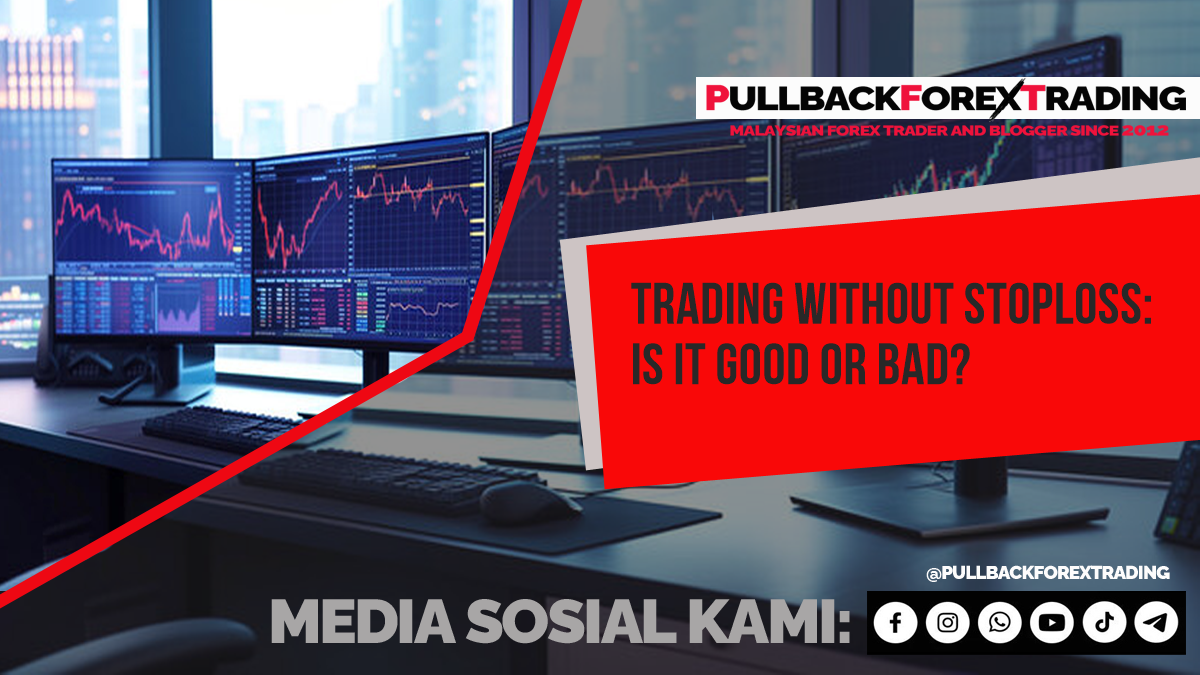
Trading Without Stop-Loss: Pros and Cons
Stop-loss orders are widely used by traders as a risk management tool to protect their capital. However, some traders prefer to trade without a stop-loss, believing it provides greater flexibility and avoids premature exits. This article explores the pros and cons of trading without a stop-loss to help traders make informed decisions.
Pros of Trading Without a Stop-Loss
- Avoids Premature Stop-Outs – In volatile markets, prices can trigger stop-losses before resuming in the anticipated direction.
- Provides Flexibility – Traders have more control over their trades without automated stop-loss orders closing positions.
- Reduces Market Manipulation Risks – Some traders believe stop-hunting occurs, where large institutions push prices to trigger stop-losses before reversing.
- Allows Room for Trade Recovery – Positions have a chance to recover without being closed due to temporary price fluctuations.
Cons of Trading Without a Stop-Loss
- Unlimited Risk Exposure – Without a stop-loss, a trade can lead to significant and potentially catastrophic losses.
- Lack of Discipline – Traders may hold losing positions longer, hoping for a reversal instead of accepting a controlled loss.
- Increased Emotional Stress – The absence of predefined exit points can lead to panic-driven decisions.
- Capital Can Be Locked Up – Holding onto losing trades may tie up capital that could be used for better opportunities.
Alternatives to Stop-Loss Orders
- Hedging: Using counter-trades to minimize risk.
- Manual Exits: Monitoring trades and closing them based on technical or fundamental analysis.
- Diversification: Spreading risk across multiple assets to reduce the impact of one losing trade.
Conclusion
Trading without a stop-loss can offer flexibility but comes with significant risks. While some experienced traders may manage trades manually, beginners and risk-averse traders should use stop-losses to protect their capital. The key is finding a balance that aligns with one’s risk tolerance and trading strategy.
ADMIN
24/02/25



